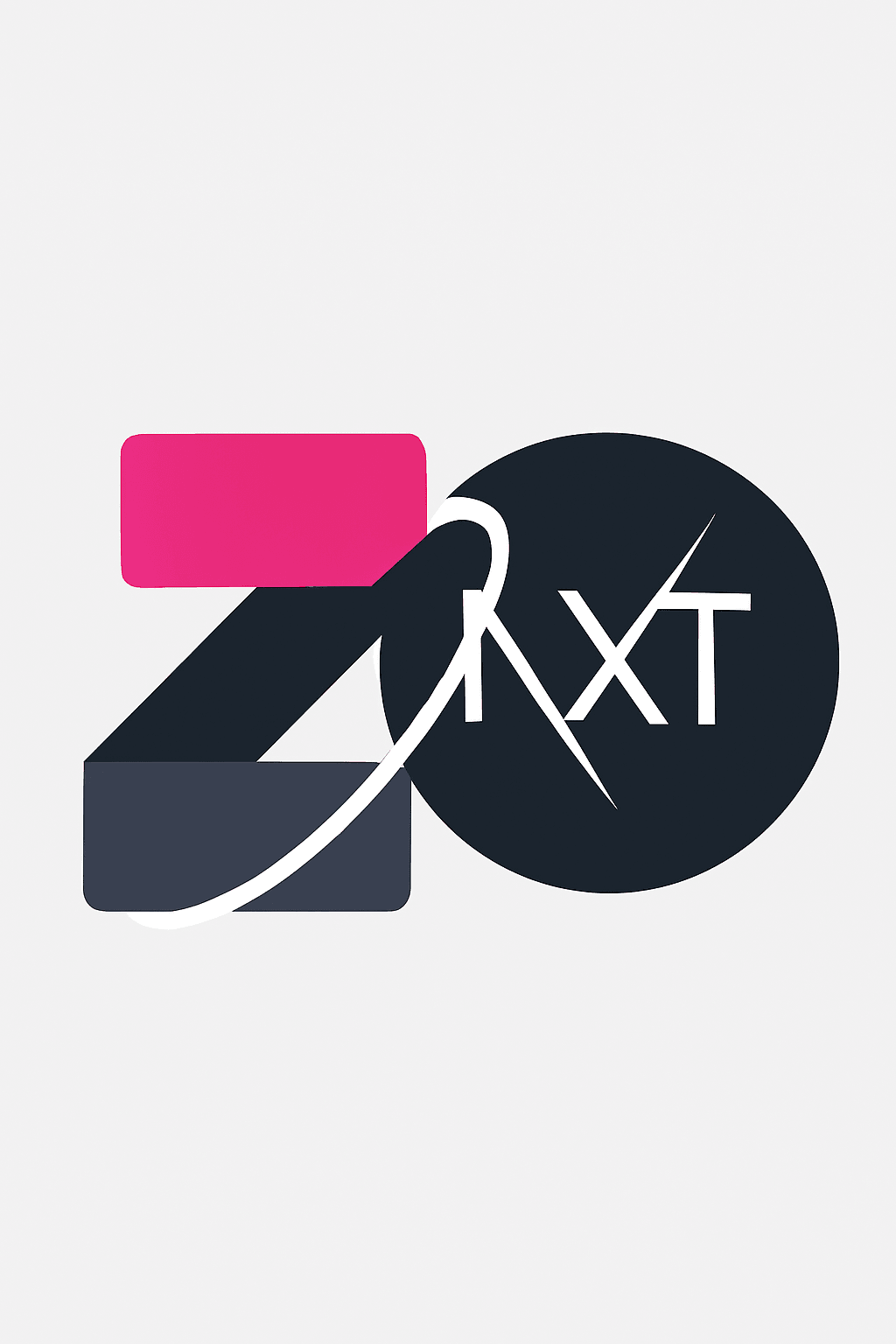AI Tools Revolutionizing Development: Key Software to Master by 2025
Author
Date Published
Must-Have AI Tools for Faster, Smarter Development
2025 isn’t the future anymore. It’s now—and developers using AI tools are shipping 10x faster, solving harder problems, and building smarter products. Whether you're a solo founder, full-stack dev, or part of a product team, the right AI stack can give you a clear unfair advantage.
In this post, I’ll break down the must-know AI tools that are transforming development workflows—especially the open-source ones that are empowering developers to own their stack and move at startup speed.
Why AI + Dev Matters More Than Ever
Software development has changed. It's no longer just about code. It's about speed, intelligence, automation, and leverage.
✅ AI helps you move from idea → prototype in hours, not weeks
✅ Open-source AI tools keep you in control and out of vendor lock-in
✅ Teams using AI are dramatically more productive and creative
Whether you're building a SaaS product, a marketing site, or developer tooling, AI is now part of the stack, not a bonus.
Top AI Tools Developers Should Master in 2025
Here’s the essential AI toolkit to stay ahead in the game:
1. OpenAI Code Models (GPT-4.5 / GPT-4o)
- Natural language → high-quality code
- Code refactoring, tests, documentation, and boilerplates
- Multi-modal coding (image + text understanding)
Use via ChatGPT, VS Code Copilot, or API integration
Best for: Rapid prototyping, code audits, doc generation
Bonus: With function calling and tool use, you can create custom AI agents to automate internal tools or client apps.
2. Continue.dev (Open Source Pair Programmer)
GitHub: continue-research/continue
- Open-source, VS Code-native AI assistant
- Works with local models like Code Llama, GPT-J, and more
- Privacy-first and customizable
Why it’s a game-changer:
Unlike Copilot, it’s fully configurable and runs offline or self-hosted with your own models. Ideal for teams that value control and data security.
3. AutoGen / CrewAI – Build AI Agents That Work Together
- Build agent workflows: planner, coder, reviewer, tester
- Multi-agent architecture with roles and memory
- Open source, works with OpenAI + local models
Example use case:
Spin up an agent team that:
1. Plans a full-stack app
2. Writes backend and frontend
3. Generates tests
4. Deploys to Vercel
AI is no longer just a chatbot—it’s a co-founder.
4. CodiumAI / Sweep.dev – Smarter PRs and Autotesting
- CodiumAI: Suggests relevant tests in real-time as you write code
- Sweep.dev: Handles PRs, bugfixes, and even full features via GitHub Issues
These tools reduce context switching and make every repo smarter.
5. LangChain / LlamaIndex – Powering AI Workflows and Retrieval
These aren’t just dev tools—they’re AI infra:
- LangChain: Build AI workflows, chains, and agents
- LlamaIndex: Build semantic search, RAG, and chatbots from your data
With TypeScript SDKs now available, they’re perfect for building:
- Custom GPT-style assistants
- Internal tools with natural language querying
- Data-aware agents
6. Open Source Vector DBs (Weaviate, Qdrant, Chroma)
Every AI app in 2025 has a memory layer—and that’s where vector databases come in.
- Store and search embeddings (text, code, images)
- Power semantic search and contextual AI agents
- Run self-hosted or via managed cloud
Bonus: Combine with Drizzle + PostgreSQL + pgvector for typed, AI-powered SaaS products.
Real Use Cases Developers Are Already Building
In 2025, devs are using these tools to:
1. Build AI-assisted dashboards and SaaS apps
2. Write internal dev tools that maintain themselves
3. Embed LLMs directly into their product for support, onboarding, and data analysis
4. Create custom AI agents that plan sprints or build landing pages
Bonus Picks
GitHub Copilot (still essential) – Seamless in-editor suggestions.
AI-Icons & OpenArt – Instant SVGs, logos, and UI art.
Dust, Vercel AI SDK, Modal – Deploy AI apps with infrastructure handled.
Why These Tools Work (and Scale)
- Most are open source or have generous free tiers
- You can self-host for control (especially useful with enterprise or client work)
- They integrate directly into existing stacks—Next.js, React, Express, etc.
Whether you're building for clients, your startup, or your portfolio, mastering these tools is a huge advantage.
Final Thoughts
In 2025, knowing how to ship with AI is a superpower. Open-source tools like Continue, CrewAI, LangChain, and Drizzle let you build smarter, own your stack, and move like a team of 10—even if you’re solo.
Developers who adopt these tools early will:
- Build faster
- Automate more
- Test more reliably
- Grow their credibility and output
The dev stack is evolving—make sure you’re evolving with it.
📩 Want a follow-up deep dive on AI agents in real projects? Let me know!

Next.js SEO: Programmatically Manage Metadata for Better Rankings
SEO isn't just about keywords and backlinks—it's about giving search engines the right information to understand and promote your content.

Framer Motion for Smooth Transitions in App Router (Next.js 14+)
Pairing Next.js App Router with Framer Motion is the go-to for smooth, responsive page transitions and micro-interactions.

The Power of AI Assistants: Smarter Support, Faster Results
The AI wave isn’t coming — it’s already here. Whether you’re a founder, marketer, developer, or productivity junkie, no-code AI agents and automation tools can help you 10x your output without writing a single line of code.
Comments0
No comments yet. Be the first to comment!